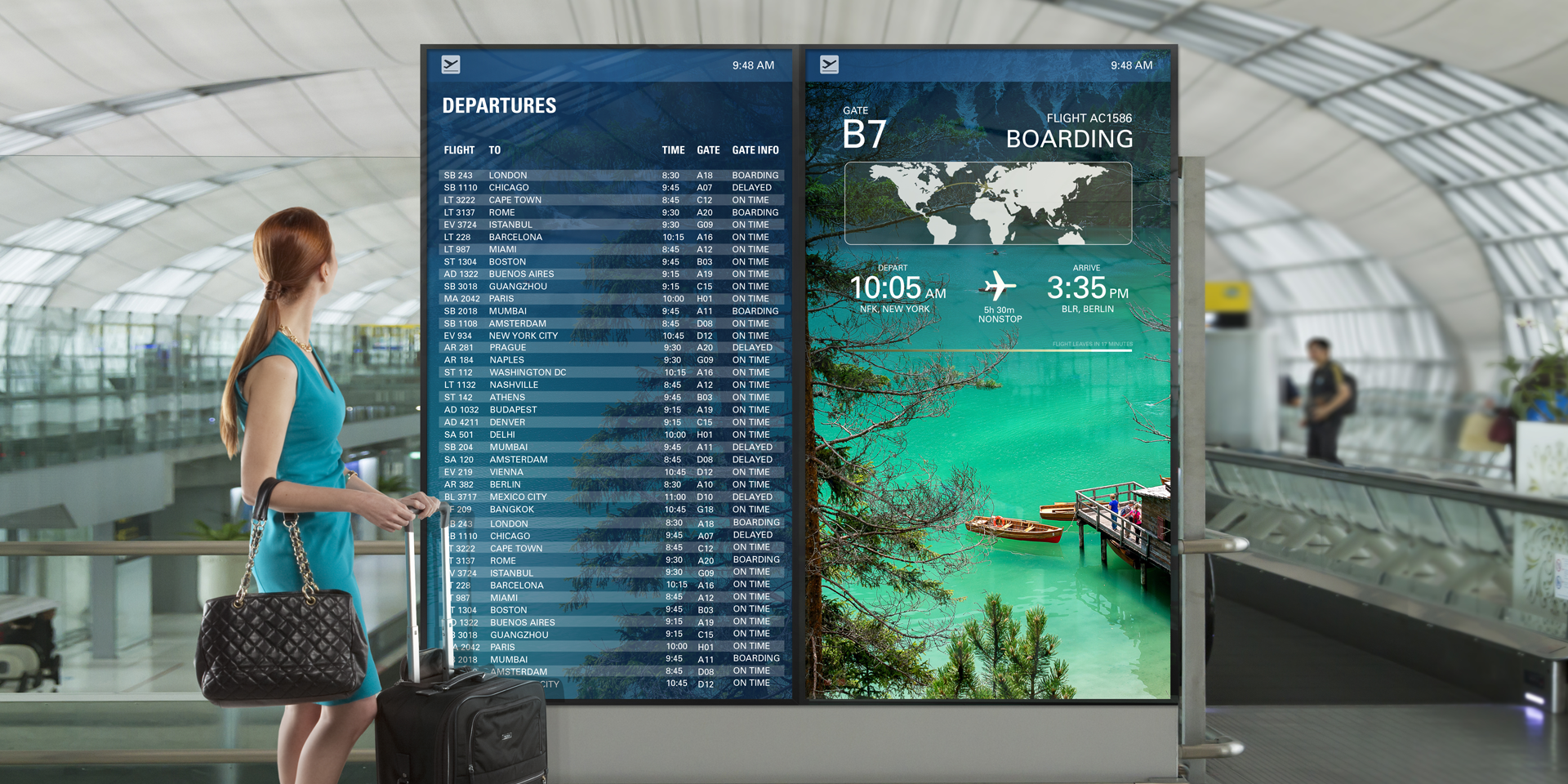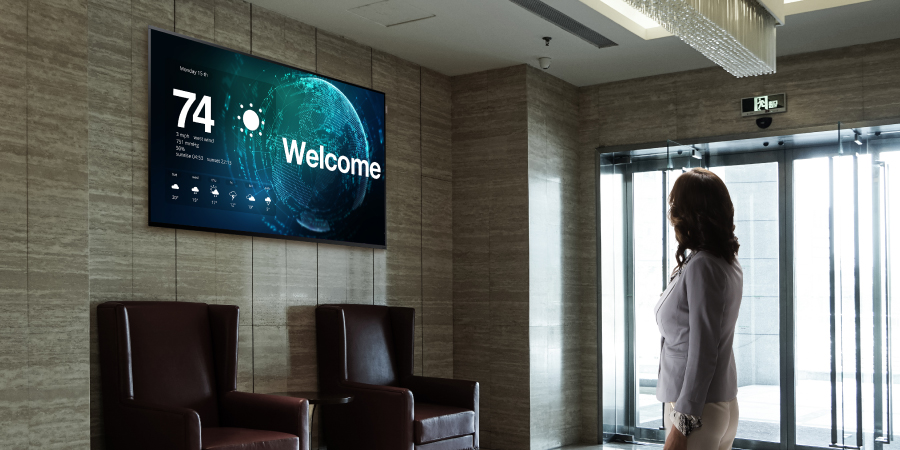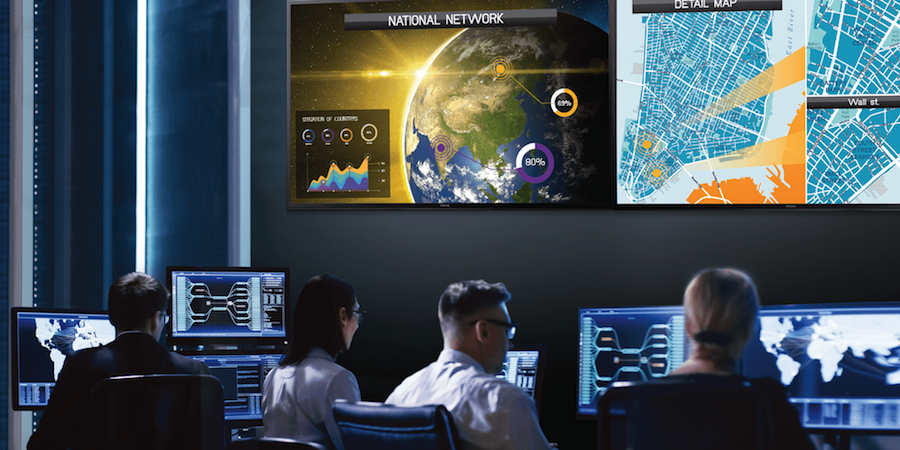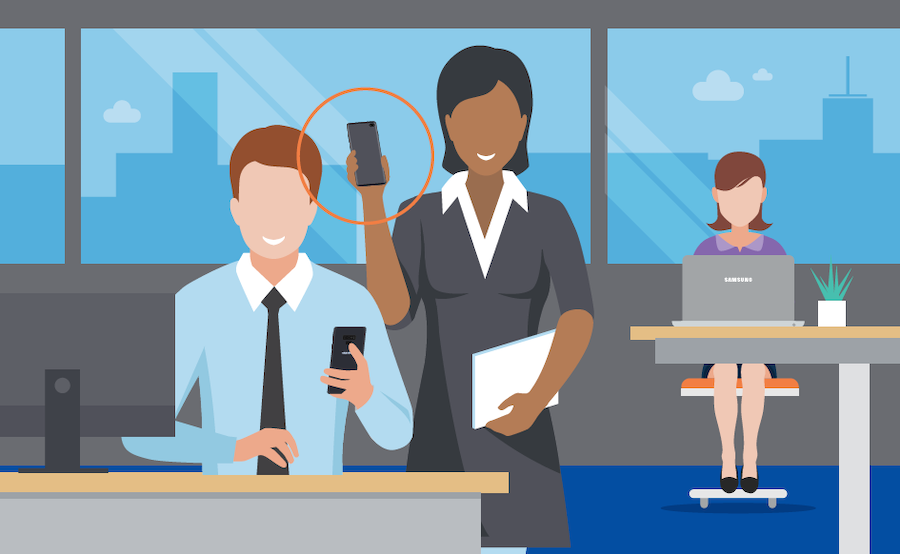The speed of business increases exponentially every day, and so does the volume of data users create, consume, and share. Fortunately, SSD storage costs have continued to come down while capacity has expanded, and high performance is now more attainable than ever. From healthcare to the public sector, corporate enterprises to higher education, more organizations than ever can take advantage of these advances to drive business forward.
The all-new Samsung 990 EVO Plus PCIe® 4.0 x4 / 5.0 x2 NVMe™ 2.0 SSD combines speed, capacity, and energy efficiency to tackle demanding tasks. Less time waiting for apps to load and data to process translates to higher productivity and a more effective workforce.
Demands on local storage keep increasing. Can your current SSDs keep up?
Even though many organizations rely on cloud storage for day-to-day business, there are a slew of data-intensive tasks that require high-performance local storage. Use cases demanding large, fast local drives include:’
- Data analysis: Data scientists and engineers working with large data sets often bump up against storage limitations. Large, high-speed SSDs are a must for offline analysis, especially for certain environments where web access is limited for security reasons.
- Content creation: Video, graphics or 3D design files can take up dozens of gigabytes each and require significant time to save and render. Slow drives create bottlenecks that impede productivity.
- Software development: Large, fast storage is essential for anyone working with multiple local code environments, containerized code or virtual machines for testing.
- Remote work: Field personnel, frequent travelers or anyone with unreliable internet access may need to keep large data sets and applications stored locally, for anytime, anywhere access.
990 EVO Plus delivers on all counts: speed, capacity, efficiency and the latest technology
Built for laptop and desktop users who need to meet the ever-expanding data demands of businesses, the 990 EVO Plus is an exceptional value that checks every box for organizations of every size:
- Faster speeds: Thanks to our latest 8th generation V-NAND technology, the 990 EVO Plus boosts sequential read/write speeds of up to 7,250/6,300MB/s.
- Why it matters: With a read speed up to 45% faster than the 990 EVO and a similar write speed to our PRO series, huge file transfers can be completed faster than ever – all thanks to TurboWrite2.0. In fact, the 4TB version has an impressive random read speed of 1,050 IOPS and random write speeds 1,400 IOPS.
- Higher capacity: The game-changing 990 EVO Plus delivers the storage capacity that larger applications and huge files demand — with capacities up to 4TB.
- Why it matters: Whether it’s heavy video editing, complex animations or game development, the 990 EVO Plus reduces lag and delivers the boost you need.
- Greater power efficiency: For power users across the organization, decreased battery life over time can slow down crucial workflows. The 990 EVO Plus can be the exact solution to improving your laptop’s power efficiency.
- Why it matters: The 990 EVO Plus features 73% greater power efficiency — and 16% less power consumption — than the previous generation, enabling users to work remotely with confidence.
- Heat Management: Overheating can shorten the lifespan of your device. That’s why we designed the 990 EVO Plus to be powerful yet cool, thanks to an efficiency-boosting nickel-coated controller.
- Why it matters: Whether multitasking or working with larger format files, your device is constantly utilizing memory. The 990 EVO Plus achieves exceptional thermal control with less power consumption.
- PCIe 4.0 and Gen 5.0 ready: Organizations that want to maximize the capabilities of existing laptops and desktops can take advantage of the 990 EVO Plus’s compatibility with PCIe4.0 x4 and PCIe5.0 x2.
The business boost that fits almost anywhere
Even a two-year-old laptop with an SSD can show significant signs of age. Lagging operation due to slower technologies and limited storage space can hinder performance, but replacing every PC in your organization on a two-year cycle — instead of a typical four to five-year schedule — isn’t always financially feasible.
Upgrading SSDs could save organizations hundreds, if not thousands, of dollars in capital expenses over replacing computers sooner than necessary, considering common business laptops can cost anywhere from $700 to over $2,000. Whether users are crunching financial numbers, managing global inventory or ensuring quality patient care, the Samsung 990 EVO Plus is a practical way to improve performance and productivity from current laptops and PCs while also extending their useful life.
The Samsung 990 EVO Plus is a giant step up from basic SSDs, delivering many of the premium capabilities once reserved for top-of-the-line drives — without the top-of-the-line cost. Plus, it’s the latest result of over 21 years of Samsung innovation. With the 990 EVO Plus, Samsung continues to lead the way in speed, reliability and security.
Learn more about how Samsung’s 990 EVO Plus SSD can help your organization be more productive, efficient and ready for new challenges.
Sequential and random write performance was measured with Intelligent Turbo Write technology being activated. Intelligent Turbo Write operates only within a specific data transfer size. Performance may vary depending on SSD’s firmware, system hardware & configuration and other factors. For detailed information, please contact your local service center.* Test system configuration: AMD Ryzen9 7950x 16-Core Processor CPU@4.5GHz, DDR5 4800MHz 16GBx2 (PC5-38400), OS-Windows 11 Pro 64bit, Chipset -ASRockX670E Taichi* To maximize the performance of the 990 EVO Plus, please check whether your system supports PCIe® 4.0 or PCIe® 5.0 at the Intel or AMD website.





